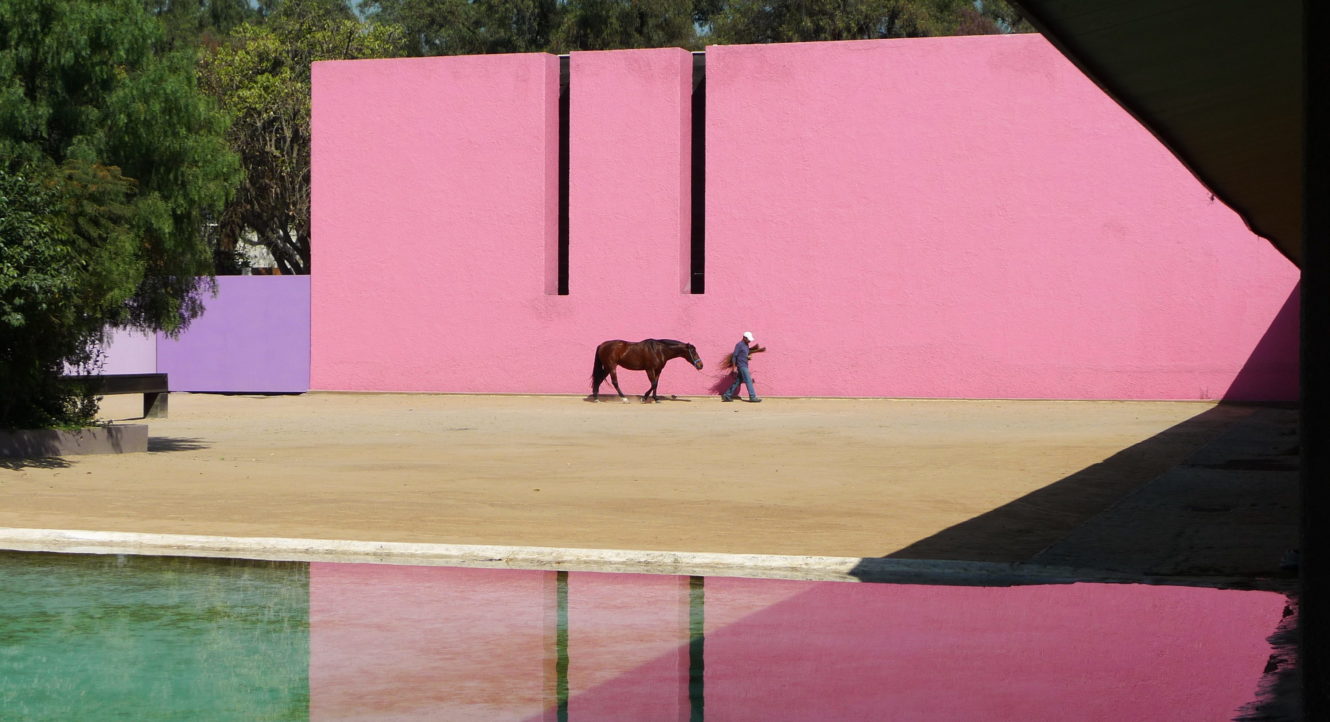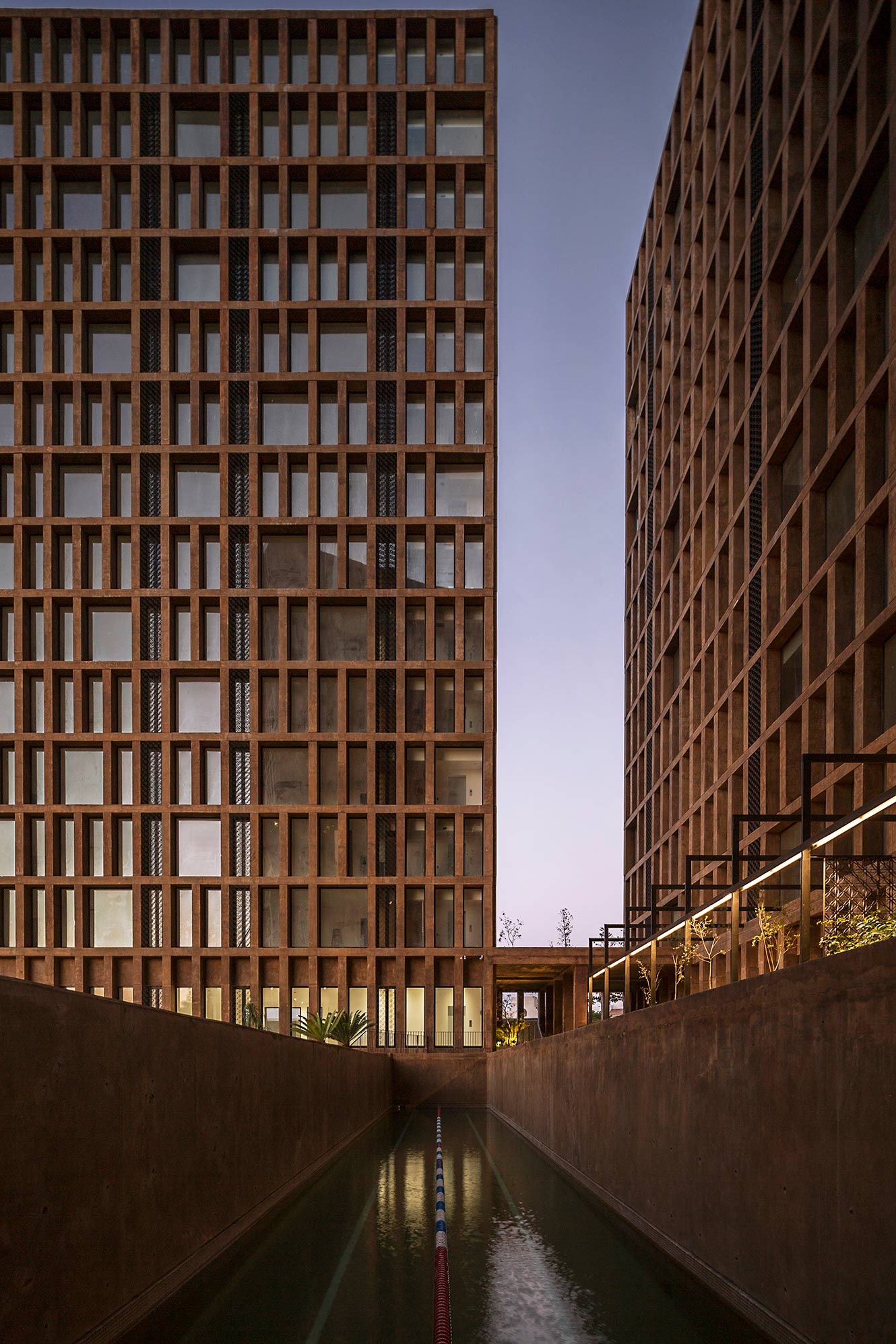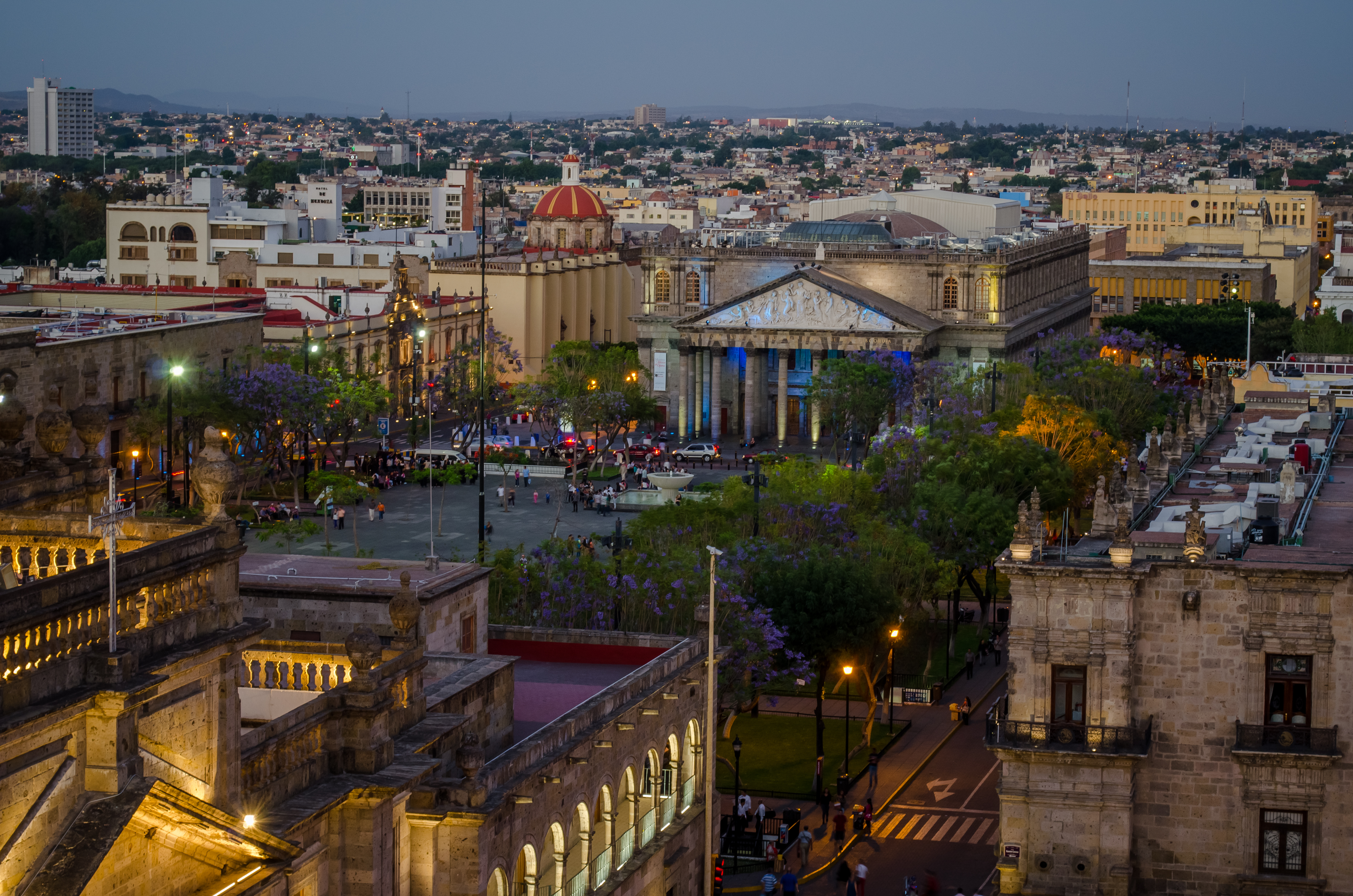A Guadalajaran perspective on the future of Mexican architecture
Regional Mexican design is having a moment, says Luis Aldrete, but the nation's rapid change makes the next steps hard to predict.
An interview with Luis Aldrete, one of eight honorees of the Architectural League’s 2018 Emerging Voices competition, and Sunil Bald, a past Emerging Voice and one of this year’s judges.
Mexican architects, once heavily concentrated in the capital, are increasingly choosing to live and work in other parts of the country. Guadalajara-based designer Luis Aldrete spoke with architect Sunil Bald and League editor Sarah Wesseler about regional differences and national futures in Mexican design.
*
Bald: Are there distinct differences in architectural culture between Guadalajara and Mexico City?
Aldrete: I’ll start by talking about the current situation and then go back to the history.
Nowadays I think architectural practice is different in the two cities because of their size. Mexico City is so big that it’s difficult to go onsite frequently. In Guadalajara, on the other hand, we’re able to go onsite almost every day, and a lot of architects are very involved in construction. I like to do things that I couldn’t do in Mexico City: talk with the carpenters, the people who are making plaster for the wall, the artisans that are modeling the cobblestones.
Also, outside Mexico City we can be closer to artisans in general. You can go to a little town and find someone that works with stone, for instance. It’s amazing the things that you can do with people like this.
Bald: It reminds me of Lina Bo Bardi in Brazil. She worked principally in Sao Paolo and was doing very sort of brutalist buildings, but then she moved to Bahia in Salvador and worked directly with craftspeople for a period of years, and that completely changed her architecture.
Aldrete: Exactly.
And in terms of history, another major difference between Guadalajara and Mexico City is that Luis Barragán is from Guadalajara. He started his professional life there with a movement that was called Escuela Tapatía; Tapatío means a person from Guadalajara.
Bald: Did the Barragán influence stay strong in the city for a long time?
Aldrete: It was probably strongest in the ’80s and ’90s. When I was in school in Guadalajara, he was quite a major figure. I also studied in Mexico City for over a year, and the influences there were completely different. In Guadalajara people were designing and building with bricks, blocks, plaster, but in Mexico City it was all steel and glass.
Wesseler: Do you think regional differences like these will persist over time, or do you see more convergence today? Are there general trends that you think will shape the national conversation about architecture in the next few decades?
Aldrete: That’s a good question. I was talking with Manuel Cervantes [a former Emerging Voice], who’s a very good architect from Mexico City, and he said, “I don’t know what is going to happen because nowadays, Mexican architecture is so closely tied to global styles.” Today, for instance, instead of focusing on technological architecture, designers may think they should work with communities. But then another idea could become more popular globally, and then another idea.
Another thing that makes it hard to predict what will happen is that there’s so much change in Mexico overall—the economy, the demographics, the culture.
The regional differences are what gives Mexican architecture some personality.
For instance, today it’s difficult to find people who are very skilled at ironwork. You can find them, but it’s harder than it used to be. In 10 years it may be impossible. You can’t earn much money with that trade. The younger generation won’t learn the skills that their fathers and grandfathers did because they want more money.
A lot of designers want to resist these changes, though. The regional differences are what gives Mexican architecture some personality. For example, in Yucatan, you can find this finish called chukum—it’s fantastic, fantastic. The chukum is a tree. You cut the bark, you put it in hot water, and it starts to throw off this resin. Then you mix this with some cement and sand and make a finish that can be used for walls, floors, ceiling, whatever. It’s already waterproof and has a very, very nice color. But you cannot find this in other parts of the country.
So those differences shape a lot of what’s happening in Mexican architecture today. But once they’re gone… I don’t know.
Wesseler: Do you worry that traditional materials will become unfashionable, or that environmental changes will wipe them out?
Aldrete: Both.
Bald: Is it hard for you to convince clients to use these materials?
Aldrete: The clients who come to our office for private houses know we work that way, so that’s usually not difficult.
Although we have been working with one client who came to us through a referral, not because he knows our work. He wanted something modern: something white with a lot of glass and things like that. When we presented our design proposal I was very nervous, because we put something together that for sure he didn’t expect.
When the first image of the house appeared, there was complete silence. My team was looking at each other like, “Uh oh, this is not good.” But then suddenly he stood up and said, “That’s exactly what I wanted!”
So private clients are receptive. What is difficult, though, is to convince a developer to do something different. But I feel lucky because I’m now working with developers that listen, and that want to do something better for the city.
Bald: Is Guadalajara more conservative than, say, Mexico City?
Aldrete: No. I think the big difference between them is all of the cosmopolitan things that you have in Mexico City. It’s like a Mexican New York City, no? It’s a global city.
A lot of our practice is based on reacting to what we see going on around us in Guadalajara. We put a lot of emphasis on common space because it’s lacking. People don’t have many places to go and have fun outside, take a walk, have social encounters. Normally this happens in a shopping mall.
Wesseler: I’ve only spent a few days in Mexico City, but I was really impressed by the parks, so I’m surprised that the situation is so different in Guadalajara.
Aldrete: Mexico City also has problems with public space, though. Some neighborhoods have fantastic parks, but others don’t have many at all.
There are a lot of reasons for the lack of green space in Guadalajara. One of them is ridiculous. Our power lines run aboveground, so the government just cuts down trees so that they don’t get in the way. That’s terrible, because we have very, very beautiful trees. We’re losing this landscape heritage.
Another is that there was a period of insecurity, and people started to buy houses in gated communities on the edges of the city. Nowadays the city is trying bring people back. But at that time we lost a lot of public space. People just stayed inside the gated communities.
Also, the new developments and new neighborhoods being built in the city don’t have good connections to the surrounding neighborhood, so even crossing the street is very complicated. It’s like some cities in the States. If you go to San Diego, it’s impossible to cross the street on foot. If you don’t have a car you are completely lost.
I think California cities are models for the developers in Guadalajara. The old city of Guadalajara that was built by the Spanish, it’s fantastic. Instead of growing the city along those lines, the developers want to turn it into LA.
But I’m hopeful that the situation can improve. There is a very good program here that started probably 10 years ago. The city closes many streets on Sundays and people hang around.
A lot of people still don’t really know what do to with public space, though, so If you go out on a Sunday you can see a lot of very funny things: custom bikes making a lot of noise and people doing things to be seen.
But this is changing. The younger generation that has grown up with this program is making terraces, opening restaurants, recovering old houses. I think that’s an opportunity.
Interview edited and condensed.
Explore
Mexico’s Traditional Housing Is Disappearing—and with It, a Way of Life
Mariana Ordóñez Grajales and Onnis Luque are fighting to preserve their country's vernacular architecture.
City as border zone
Architects Ersela Kripa and Stephen Mueller, founders of El Paso firm AGENCY, discuss the reality and rhetoric of the US–Mexico border.
On the table: Dinner with Manuel Cervantes Cespedes, Ben Aranda & Chris Lasch
Emerging Voices winners discuss constraint, minimalism, and how to "client-proof" a building.






